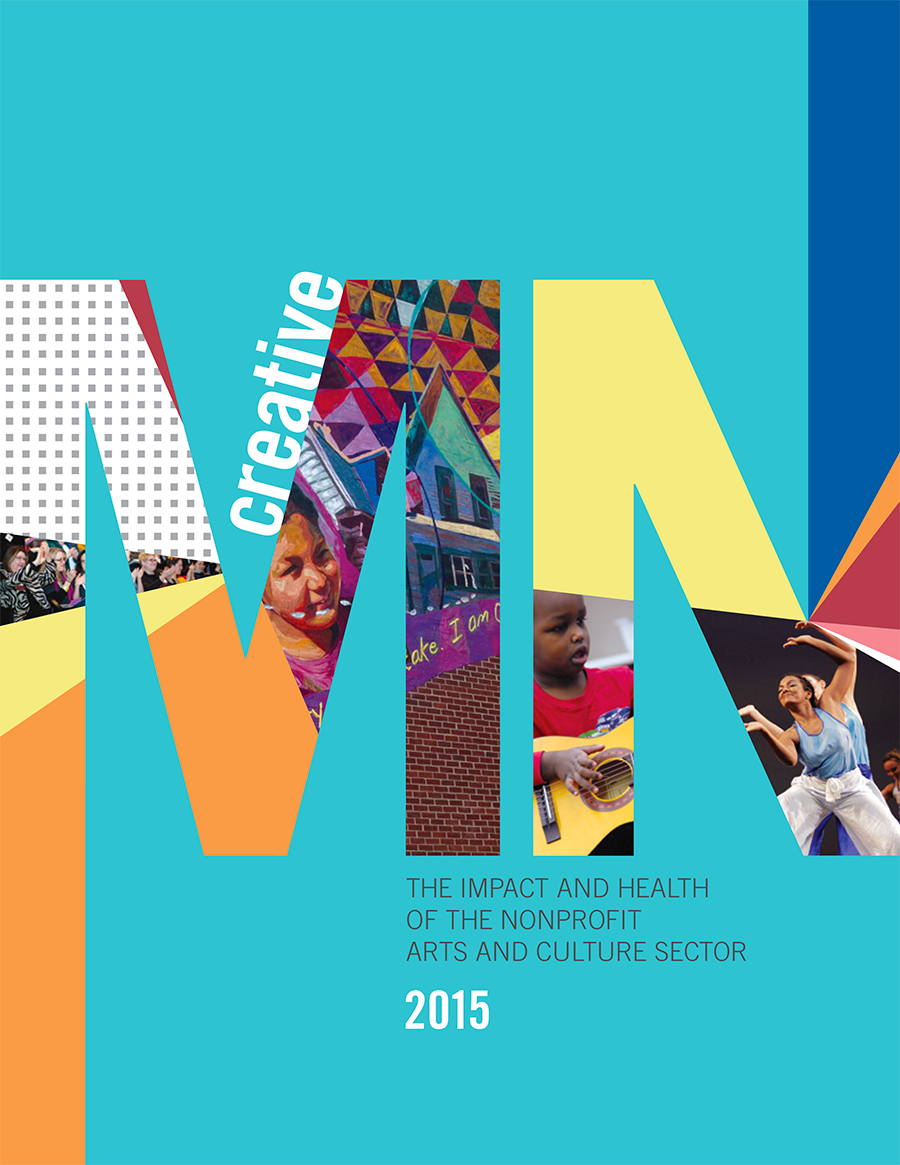This morning, GrantCraft released Supporting Grantee Capacity: Strengthening Effectiveness Together. This guide looks at how funders approach capacity-building with grantees. It uses examples from foundations from a range of sizes, fields, and geographic regions. The guide covers various topic areas including broadening the grantee capacity-building conversation, applying lenses to focus and inform grantmaking, knowing your own capacity, acknowledging power dynamics, and assessing impact.
GIA Blog
From Peter Dobrin, writing for the Philadelphia Inquirer:
By Janet Brown from her blog Better Together
From large major institutions to small nonprofits, one of the critical responsibilities of volunteer board members and funders is to assure best practices in fiduciary and organizational management. When a management issue arises that threatens the stability of a nonprofit arts organization, “where was the oversight?” is often the question on everyone’s lips. There are some common misperceptions and unfortunate “group think” that prevent or discourage adequate oversight by board members. Here are a few:
From Naseem Miller, writing for the Orlando Sentinel:
Creative Minnesota: The Impact and Health of the Nonprofit Arts and Culture Sector is a report and accompanying website that breaks out data both statewide and regionally and serves as a snapshot of spending by nonprofit arts and culture organizations and their audiences, as well as other indicators of the sector’s health and impact on the economy in 2013. The broader initiative called “Creative Minnesota” is a new effort to fill the gaps in available information about Minnesota’s cultural field and to improve our understanding of its importance to our quality of life and economy. It kicks off a new centralized, concentrated and long term endeavor to collect and report data on the creative sector every two years for analysis, education and advocacy.
From Theresa Agovino, writing for Crain's New York:

Kristen Madsen, a current member of the Grantmakers in the Arts Board of Directors, and Senior Vice President of the GRAMMY Foundation and MusiCares Foundation, has been appointed the new Director of Arts at the Sonoma County Economic Development Board. She will be responsible for the Creative Sonoma program, which was adopted by the Sonoma County Board of Supervisors in June 2014 and seeks to boost the nonprofit arts community and the creative for-profit arts sector. The Arts Action Plan, which established the Creative Sonoma program, explains the development path for cultural and economic development, including funding and structural plans. Kristen will join the Sonoma County Economic Development Board initially on a part-time basis March 16, 2015 and will assume full-time employment starting April 1, 2015.
Nonprofit Finance Fund has posted an interview with Ben Cameron, program director for the arts at the Doris Duke Charitable Foundation. It is the second in their interview series with foundation leaders about the intersection of philanthropy and financial strategy:
By Susan Raab, for Nonprofit Quarterly:
From Jessica Garz, writing for The Architects Newspaper:

